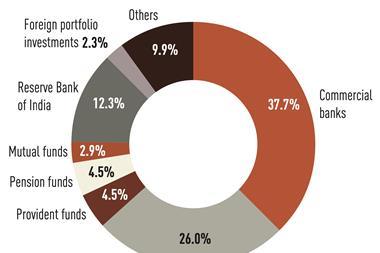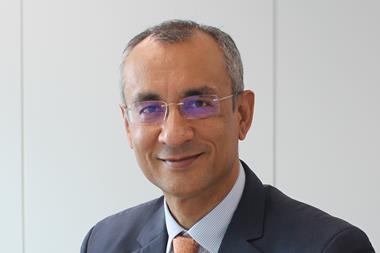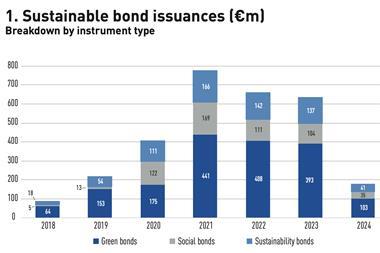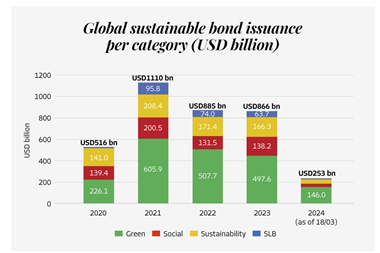Recommendation of the OASIS report
The financial needs of an individual across their lifetimes are inevitably complex, whatever their wealth. Poor people lead lives with unpredictable cashflows, requiring risk management and the solution of complex financial problems. “As a result, consumers need sophisticated financial products”, says Ajay Shah, a Senior Fellow at the Indian National Institute of Public Finance and Policy.
But as he adds, the typical consumer is bad at understanding fees, expenses and charges. The result is often an unsatisfactory outcome for the individual, although often not for the financial intermediaries supplying them with services. There are many failure stories of pension reforms, and the key proponents of pension reform in India are well aware of cases where 33% of a lifetime pension accumulation ends up with financial firms. In India, there are already serious problems with fees on mutual funds and insurance products according to Shah. Moreover, the tax legislation has become so complex that a salesman seems to be able to get away with almost anything when he promises “tax savings”.
For the NPS to succeed in its objectives, the key question for Shah, is how to obtain mass scale outreach of distribution and access to financial products whilst ensuring consumer protection. The goal should be to ensure that neither consumer protection nor outreach are sacrificed. In some situations, public policy can solve the problem by enabling and encouraging commoditisation and bulk procurement. But for distribution, Shah argues that non-commoditisation is of the essence and artificially inducing standardisation in distribution will sacrifice scalability. But he adds: “Yet the arsenal of public policy has to play in favour of consumer protection.”
Mass outreach of complex financial products such as pensions, can only be made possible using technology argues Shah. “Low tech solutions are elitist. Old fashioned policy makers want to force India to have a 19th century financial system. This is not the answer.” Whilst consumer protection is often thought of as protecting the consumer from the Ponzi schemes associated with the likes of Bernie Madoff, the real problem as many would argue, lies with the fees and expenses charged to retail investors. Consumers are led astray by the allure of supposedly supernormal returns to invest in products with high embedded charges. Often there is a lack of comprehension of the fine print, and words such as shelters from tax, become a fig leaf to cover opaqueness. There can also be just plain apathy when it comes to discussing savings for pensions.
The NPS was based on the recommendations of the 1999 Project OASIS report, which had as one of its prime drivers, the requirement to minimize intermediary costs in the mass provision of pensions. The key elements for doing this were expected to be:
i) A forced unbundling and transparency of the elements of pension provision in the form of: front end, record keeping, fund management and annuity provision.
ii) The view that active fund management was unlikely to add much value, but would incur higher fees and expenses. As a result, the strategy was to use index funds to get the right asset allocation at minimum cost.
iii) Economies of scale can be obtained in components such as fund management and record keeping.
iv) Public procurement obtains minimum costs for components such as fund management and annuities.
The key insight of the OASIS report was to use unbundling combined with commoditization, combined with public procurement to address the market failures that stem from unsophisticated consumers.
Distribution strategy for the NPS
India is a very heterogeneous country. The average household income in March 2009 was around Rs. 500,000 in Abohar in the Punjab, and around Rs. 60,000 in Palanpur in Gujarat. Even in places relatively close to each other like Palakkad in Kerala, with around Rs360,00 and Vellore, in Tamil Nadu, with around Rs,66,000, the ratio of incomes was 5.4. As a result, distribution strategies to cover such disparities in income and geography need to be very heterogeneous themselves. Shah points out that the distribution costs varies with three factors: How much is the education/communication cost per consumer?; What are the wage and non-wage costs paid in that location?; How many customers or what is the size of assets under management (AUM) for that population?. In south Mumbai, education and AUM are good, but wage and non wage costs are high, whilst in Palakkad, education is weak. In Vellore, wages are low, but non-wage costs are high; education costs are high and AUM is low.
Shah argues that the problem with financial firms in India is that they have not reflected these issues in their strategies. Pricing and strategies need to vary by location. “State Bank of India pays the same salaries across India.” Forcing standardisation of fees will sacrifice scalability since the cost of distribution of a financial product may vary by factor of 5 or even 10 between the best and worst locations. The provision of ATM terminals is a good example. The provision of ATMs is highly regulated with flat fees. As a result there is little incentive to place terminals in remote or poor locations such as Arunachal Pradesh or Vellore. Financial firms should look for internal formulas to do capital allocation and price setting in homogenous regions, which incorporate a measure of financial literacy, wage and non-wage costs and market size, according to Shah.
Currently there are two models in India for the distribution of old age pensions. In Karnataka, the government pays a 5% fee to the post office to distribute cash to recipients. In Mahdya Pradesh, the government pays cash directly into bank accounts, but as the banks and ATMs are only in urban areas, villagers have to walk 20kms to collect their payments.
Distribution strategies for the NPS still need to be developed and it is not clear what the successful approaches are likely to be. What is clearer, is that a one size fits all strategy is unlikely to succeed in fulfilling the objectives. But as Dhirendra Swarup, the Chairman of the PFRDA said: “The NPS is a brand new product. The primary concern has been on how to keep the costs low. Having 500 distribution agreements in place is not easy. As we mature though, we will develop. The model is robust, transparent and simple. We don’t have a closed mind on distribution, but it takes time.”












No comments yet